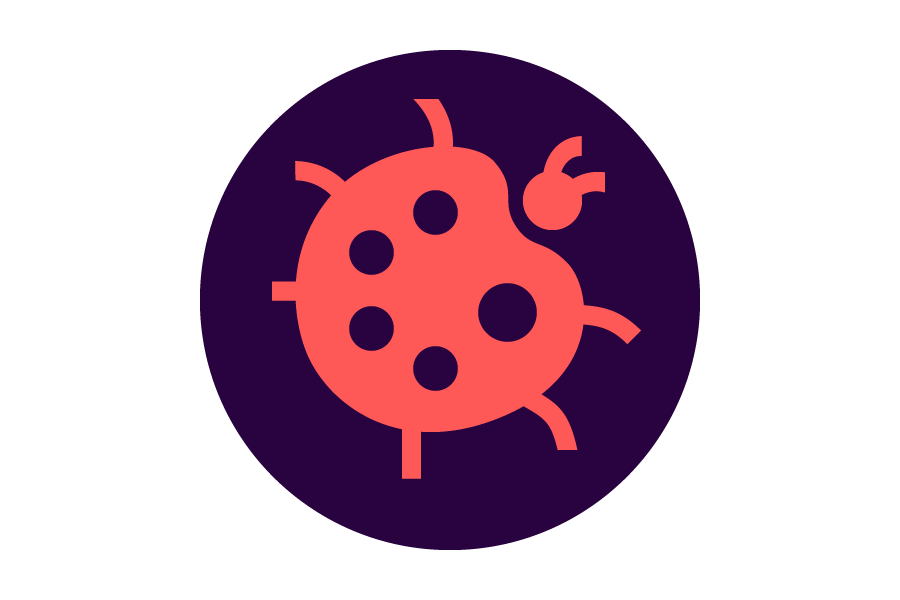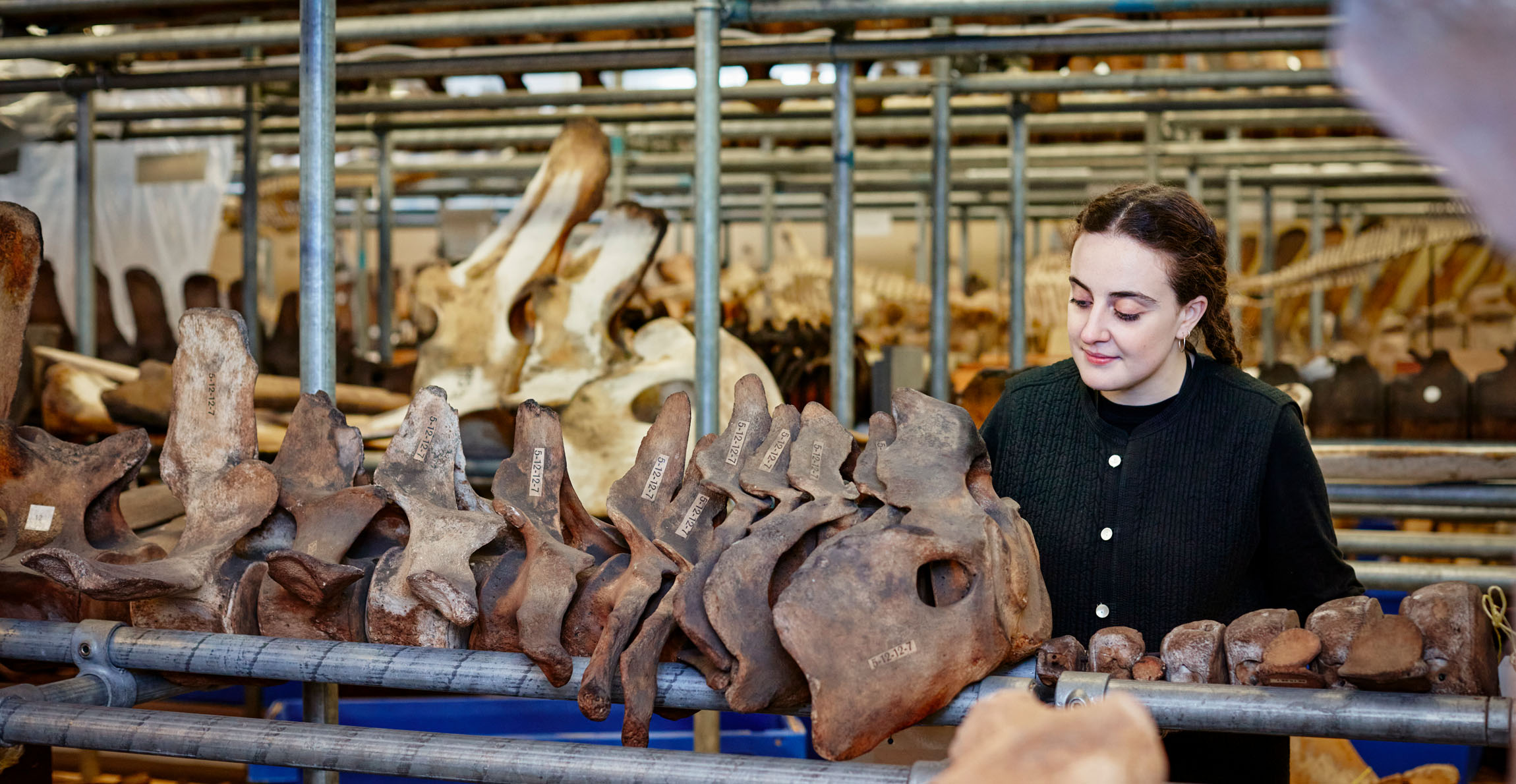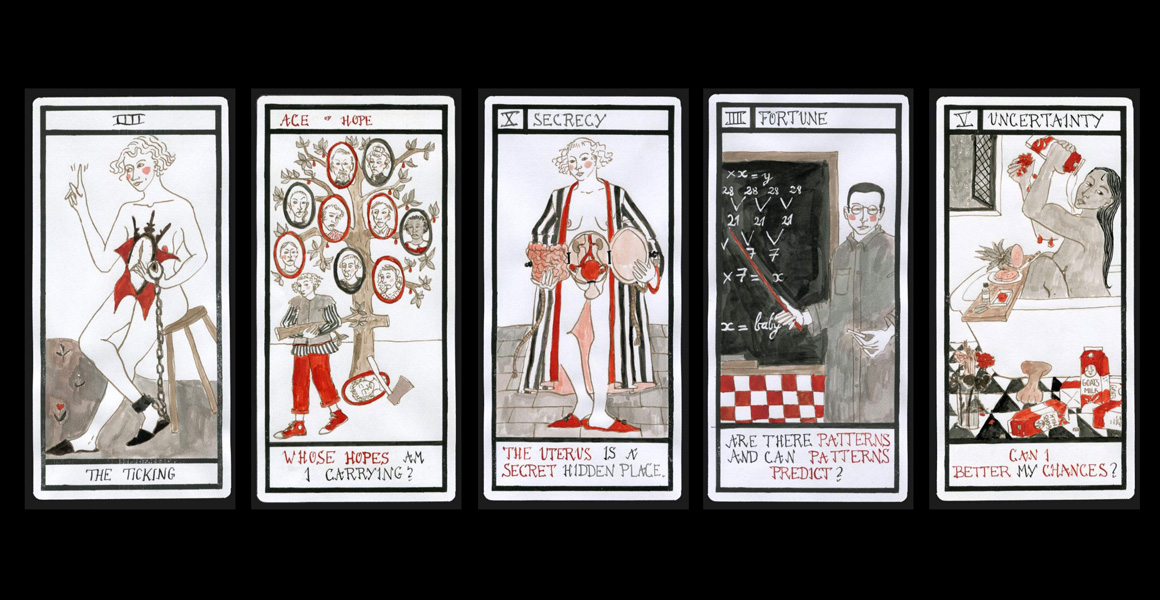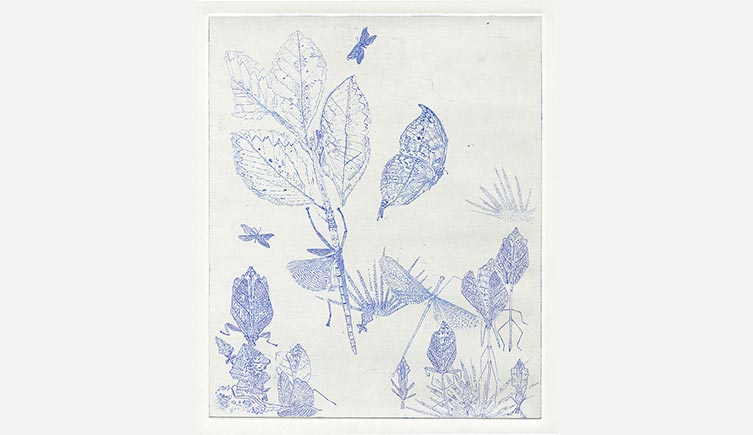Re-examining Britain’s role in whaling
Dr Sophia Nicolov explores what the Museum’s whale, dolphin and porpoise collection can tell us about Britain’s role in whaling.

Investigating how societies understand and engage with the natural world, using collections to explore ideas, cultures, histories and impacts.
Our research in the Collections and Culture Theme explores how societies have understood and engaged with nature throughout history, to reshape contemporary and future interactions with our planet for the better.
The collections we care for are products of both nature and culture, representing the human labour of finding, collecting, categorising and curating the natural world. They’re a valuable record of the intricate relationships between people, Earth and plants and other animals.
We’re committed to acknowledging that our museum and the science it represents have been shaped by the forces of history, including the history of empire. A wide range of people and cultures were impacted by and involved in generating the collections, past and present, and not all those stories are known or have yet been told.
We place the collections we look after within their cultural and historical contexts, showing how they’ve been influenced by, and have influenced, factors such as imperialism, industry and mass media. We investigate how and why people generate knowledge about nature and ask what the future holds for human interactions with the natural world through collections-based research.
As a hub for research in the arts and humanities, the Collections and Culture Theme works with archaeologists, anthropologists, historians, literary scholars, artists and others generating new and powerful insights into the collections.
The collections we house can play a key role in creating advocates for the planet, recognising that nature and culture are intricately combined.


Dr Sophia Nicolov explores what the Museum’s whale, dolphin and porpoise collection can tell us about Britain’s role in whaling.

Combining archival research with a public engagement programme to alter perceptions of the (non)reproductive body, past, present and future.

Artists and scientists have been inspired by the natural world for centuries. Images capture nature in ways that complement the words and data of science.